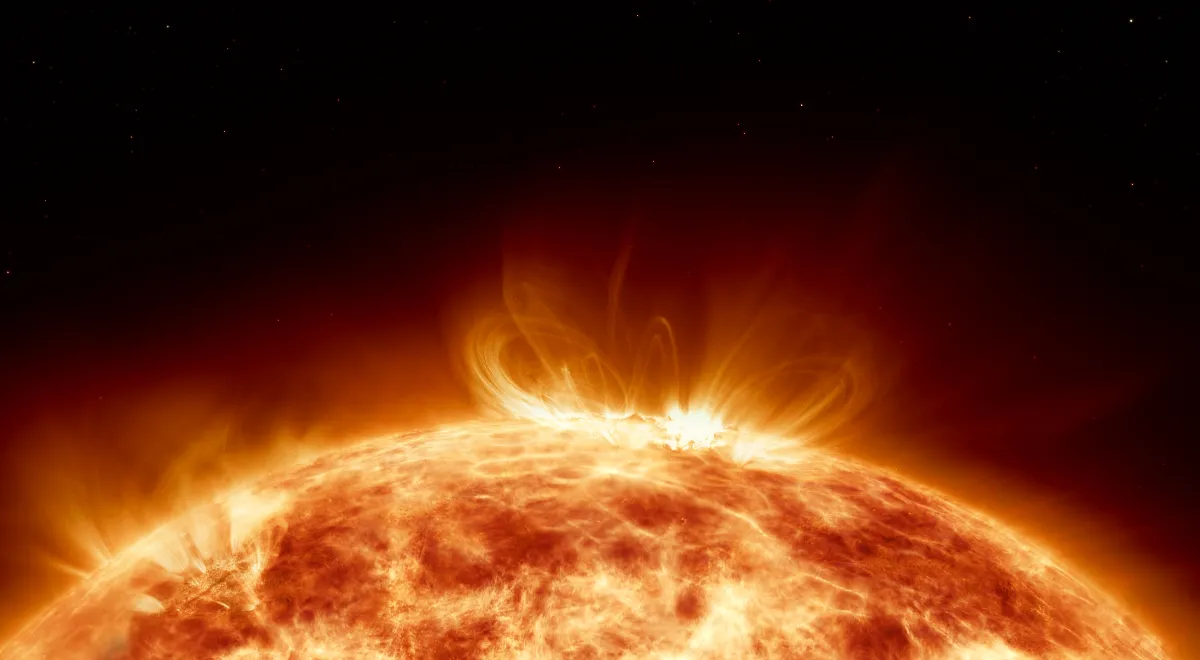Front line stalls due to drones. Putin bets on terror, politics, and destabilization
global.espreso.tv
Mon, 14 Jul 2025 14:58:00 +0300

The Wall Street Journal notes that the front line between Russia and Ukraine has largely stalled, mainly due to rapid advances in drone technology on both sides. The tech breakthrough that Ukraine’s former top commander, General Valeriy Zaluzhnyi, predicted at the start of the war has now become reality on both fronts. But Russia is facing more serious drone-related challenges, especially as the side on the offensive. In the past, Russian forces could move through large areas of Ukrainian territory using tanks and other heavy equipment. Now, drones make such advances impossible, they can destroy not only entire convoys but also target individual Russian soldiers. And the tech that allows such moves isn’t expensive.Drones are increasingly being used for all kinds of missions, turning the front line into a blind zone. That’s why it’s important to understand what the Russian leader is doing in response.The first thing: strikes on Ukrainian towns and cities. These attacks have two goals. First, to destroy Ukraine’s ability to produce drones and other military gear. The logic is clear, fewer drones in Ukraine’s arsenal mean more chances for Russia to advance using old-school equipment. Hitting Ukraine’s defense industry is key to keeping Russia’s offensive alive.The second goal is, of course, air terror targeting civilians. It’s about trying to break Ukrainians psychologically, sending the message that only surrendering to Russia can bring them some kind of peace in the long run.And here we get to the second key goal of the Russian leader and his inner circle: trying to take control of territories that can’t be captured by conventional military force, through political means instead. Since the now largely frozen front line gives the Russian president little hope of seizing all of Luhansk, Donetsk, Kherson, and Zaporizhzhia by force, he’s betting on a political route. That means he wants to gain control over these areas, already annexed by Russia and written into its constitution as part of the Russian Federation through a political deal. In other words, a ceasefire on the Russian-Ukrainian front could come with Ukraine giving up these territories and pulling its forces out of Donetsk, Luhansk, Kherson, and Zaporizhzhia.Putin may also be counting on Ukraine's leadership, under pressure from Western allies, he hopes, to agree to this. He believes such a move would spark major instability within Ukraine, which could open the door to taking even more Ukrainian territory in the future. Because for Putin to push ahead with new invasions, he needs Ukraine weakened, its statehood shaken, and its army unable to fight back. No troops means no drones because someone has to fly them.And the next goal depends on the previous one. Political decisions aimed at securing a ceasefire on the Russian-Ukrainian front are actually meant to destabilize Ukrainian statehood.And if this destabilization doesn’t bring about Ukraine’s collapse, it’s supposed to pave the way for pro-Russian or at least anti-Ukrainian forces to win the next presidential and parliamentary elections. Putin wants populists in power, politicians who would allow the Russian Orthodox Church to regain influence in Ukraine and give special status to the Russian language, setting the stage for deeper Russian cultural and political influence after the war. Ukraine, which hasn’t been defeated on the battlefield, should be taken down through so-called peaceful destabilization, with help from those who believe that living side by side with Russia, attending convenient churches, and speaking the language they prefer is acceptable in a weakened, unstable economy.Another key factor here is Russian propaganda, the Kremlin’s powerful weapon, both globally and inside Ukraine. For this to work, Moscow relies on specially crafted tools like the Telegram messenger, which is now the main source of news for most Ukrainians. That majority, in turn, becomes a tool of Russian propaganda and a target of its political messaging. And as part of this effort, both inside Ukraine and in the West, fake news will spread, claims about Ukraine’s imminent collapse, supposed tensions between society and the government, and so-called authoritarian tendencies of the Ukrainian authorities, which will be exaggerated and used to discredit them.This propaganda push is meant to replace what’s not happening on the ground: a Russian military advance. And once we understand how Russia’s leader is trying to make up for his inability to launch a new offensive or seize more Ukrainian territory, we can also start to understand how to push back, and how to stop Putin in the 2020s and 2030s. These are the decades of inevitable Russian-Ukrainian confrontation, which will go on even if the hot phase of the conflict, what we've all come to call a great war since February 2022, comes to an end.SourceAbout the author. Vitaliy Portnykov, journalist, Shevchenko National Prize laureateThe editorial team does not always share the opinions expressed by the blog authors.








